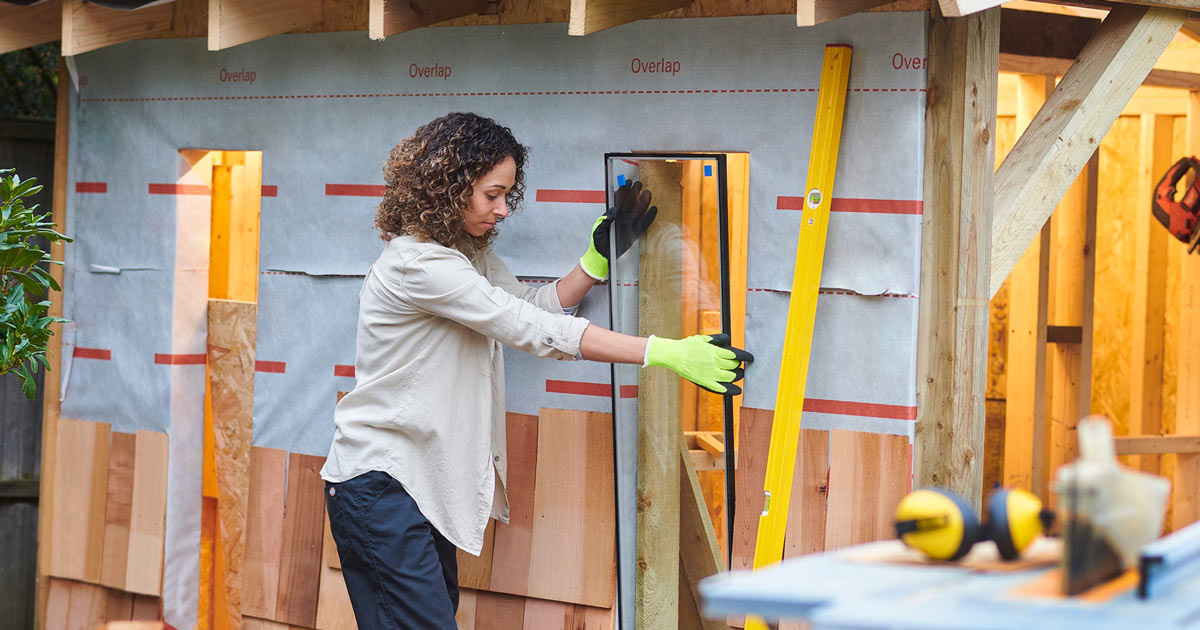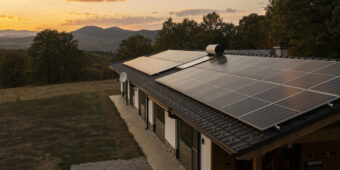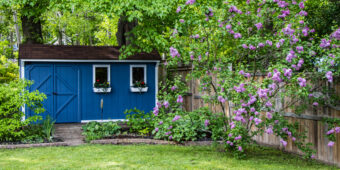Building consent exemptions
16 Sep 2024, LBP & Regulation, Learn, Prove Your Know How

Under Schedule 1 of the Building Act 2004, there are some building projects that don’t require building consent. It was updated in 2020 to exempt low-risk building work, such as sleepouts, sheds, carports, outdoor fireplaces and ground-mounted solar panels from consents; however, there are still conditions that builders need to meet
Passed in November 2013, the Building Amendment Act 2013 details the range of work not requiring a building consent. Exemptions are detailed in a live document, which has been updated four times since it was released in 2014.
The document ‘Building work that does not require a consent’ is available for download by searching ‘Building work consent not required guidance’ on building.govt.nz/projects-and-consents/.
It’s important to keep up to date with the changes and to understand which projects do or don’t require a consent. This article focuses on the common exempt building work added to the list of exemptions in 2020.
Single-story detached buildings
The following examples are exempt from consent:
- Kitset or prefab buildings with a maximum floor area of 30m2 where a manufacturer or supplier has had the design carried out or reviewed by a Chartered Professional Engineer.
- Buildings with a maximum floor area of 30m2 where a Licensed Building Practitioner (LBP) carries out or supervises design and construction or buildings with a maximum floor area of 30m2 where only lightweight materials with structural components built in accordance with Acceptable Solution B1/AS1 are used – this work may be done without the help of a professional.
Carports
Carports up to 40m2 in size can be built without a consent if the design has been carried out or reviewed by a Chartered Professional Engineer or an LBP has carried out or supervised design and construction.
Ground-floor awnings
Awnings up to 30m2 on a ground floor can be built without a consent if the design has been carried out or reviewed by a Chartered Professional Engineer or an LBP has carried out or supervised design and construction.
Sleepouts
Sleepouts up to 30m2 no longer require building consents if the work is carried out or supervised by an LBP. A sleepout must be its own height away from a boundary and must not be designed to be lived in exclusively.
Outdoor fireplace or ovens
A permanent outdoor fireplace or oven can be built up to a maximum height of 2.5m, with a maximum cooking surface of 1m2 without a building consent. The fireplace or oven must be at least 1m away from any legal boundary or building; however, double check what local government restrictions there are regarding lighting open fires.
Flexible water storage bladders
Flexible water storage bladders with up to 200,000L storage capacity supported on the ground for use in irrigation or firefighting.
Ground-mounted solar panels
Ground-mounted solar panels up to 20m2, built in an urban zone, can be built without the help of a professional. Ground-mounted panels between 20-40m2, in an uber zone, can be built without a consent if the design has been carried out or reviewed by a Chartered Professional Engineer.
There is no restriction on size for solar panel arrays in rural zones.
Structures, bridges, pole sheds and barns
Small pipe supporting structures can be built without a consent if they only carry water and are on private land. Short-span bridges can be built without a consent if they are a maximum of 6m long and if they do not span a road or rail area. The design also needs to be carried out or reviewed by a Chartered Professional Engineer.
Pole sheds or hay barns in rural zones can be built as long as they are no larger than 110m2 and the design has been carried out or reviewed by a Chartered Professional Engineer or an LBP has carried out or supervised design and construction.
Verandas and porches
It is possible to build a veranda or porch of up to 30m2 on a ground floor without a building consent if the design has been carried out or reviewed by a Chartered Professional Engineer or an LBP has carried out or supervised the building work.
Plumbing and drainage
Certain plumbing and drainlaying jobs can be done without a consent if the job is done by an authorised person, such as a registered certifying plumber or drainlayer or a plumber or drainlayer carries out the work under the supervision of a registered certifying plumber or drainlayer – as long as they are registered, hold a provisional licence, or are under training.
The following can be carried out without a consent:
- Repair, maintenance, and replacement of sanitary plumbing and drainage.
- Drainage access points.
- Repair and maintenance of existing water heater.
- Replacement of open-vented water storage heater connected to supplementary heat exchanger.
- Replacement or repositioning of water heater connected to controlled heat source.
- Minor alteration to drains.
- Alteration to existing sanitary plumbing (excluding water heaters).
Always check before you build
If you are not sure if your work requires a consent, you can check Schedule 1 of the Building Act 2004. It’s also important to note that some exempt building work requires an authorised professional to carry out. Authorised professionals include Chartered Professional Engineers, a person authorised under the Plumbers, Gasfitters and Drainlayers Act 2006 and Licensed Building Practitioners. •
However, it’s still important to note that work must comply with the Building Code and legislative requirements such as the Resource Management Act 1991 and the Electricity Act 1992.
While the projects outlined above relate to the 2020 updates, below • are additional, common examples of what can be carried out without a consent:
- Retaining walls up to 1.5m high, providing they are not carrying any load other than the ground.
- Fences up to 2m high, other than fences around swimming pools.
- Garden sheds less than one storey and 10m2 in floor area, which do not contain sanitary facilities or facilities for the storage of drinking water and are not positioned any closer than the shed’s own height to a boundary.
- Decks not more than 1.5m off the ground.
Register to earn LBP Points Sign in
2 Comments
Leave a Reply
You must be logged in to post a comment.




good
great